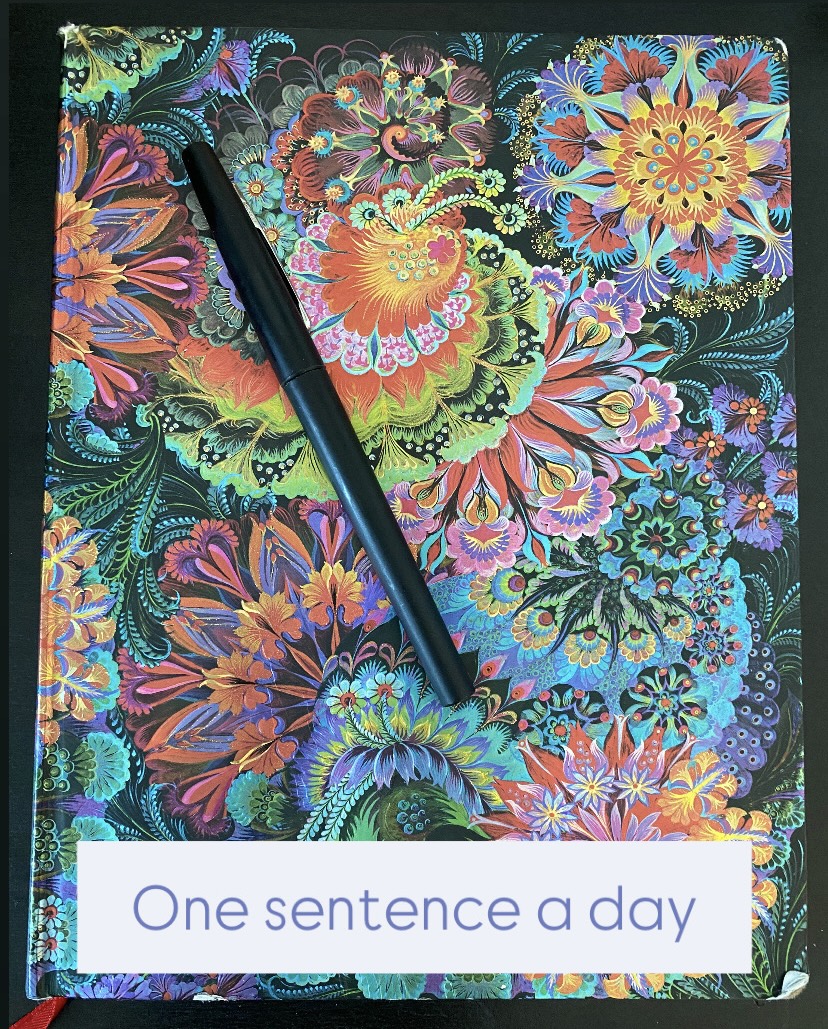
A week or so ago, one of my students asked me about the tone of the book she read for summer reading assignment: The Reluctant Fundamentalist. Part of her assignment was to describe the author's tone in the book and pull passages or diction to support her tone description. She stated in her journal that the book had absolutely no tone, something that really surprised me. I noted on her journal that every book has tone, so when I handed back her assignment, we sat down and had a conversation about it. I went to a few specific scenes in the book, read them aloud and then asked her to describe what she believed the author's attitude was in those passages. Although we discussed specific examples of diction, she still was not confident that the book had a tone or tones (as I explained to her that a book can have more than one tone).
This conversation prompted reflection on my part and dialogue about how to teach students to recognize tone, especially to students who don't instinctually "get it." What is tone really? I know the traditional definition but I'm thinking more deeply about it. I know that in AP, all roads lead to tone. One of the challenges is getting students to distinguish between mood and tone. Readers have an easier time identifying their own emotional response to a passage but asking them to pick up on the author's attitude can present a dilemma for some; particularly when the tone of a passage is more subtle. In pondering how to best teach students to recognize tone, I've discovered a few resources: a blog entry by a teacher who uses movie trailers to get his students to see how tone affects the perception of that film. See Todd Christian's entry on how to teach tone and mood to middle school students to read more about his technique.
I've also been reading Nancy Dean's Voice Lessons which provides sentences of small passages for students to work through diction, detail, imagery, syntax and tone.
In my discussion of this issue with Amanda, she stated that she thinks part of the problem for some students is that they are not visualizing the scene when they read. Afterall, reading is seeing. This started me thinking about how picturing the text in my mind or making a movie in my mind is such a natural thing for me to do. I have a hard time seeing how it's possible to read and NOT visualize, yet I know many of my students don't. Jeff Wilhelm speaks to this issue in several of his books including the Reading Is Seeing (Scholastic).
I think of tone as the emotional flavor of a text, so that automatically generates ideas of how I might use music and or actual food (sound and taste) to teach tone since I think teaching through the senses can be powerful. Art is the other vehicle I'm pondering to use to teach tone. I need to have a conversation with my art teachers about the art equivalent of tone and how they teach it. Poetry is an avenue I will explore in teaching tone. Hmm, wonder about having students write tone poems or poems with 2 distinct tones to get the to recognize how diction helps establish a tone. More to come as I continue to ponder this. The lesson I've learned the past few years is that my students need teaching that makes EXPLICIT the skills and concepts I and other "talented" readers/writers have. Too many of my students just think that I somehow just get tone. I know think alouds help break this misconception down for students. Now for lessons that address the different senses.





No comments:
Post a Comment